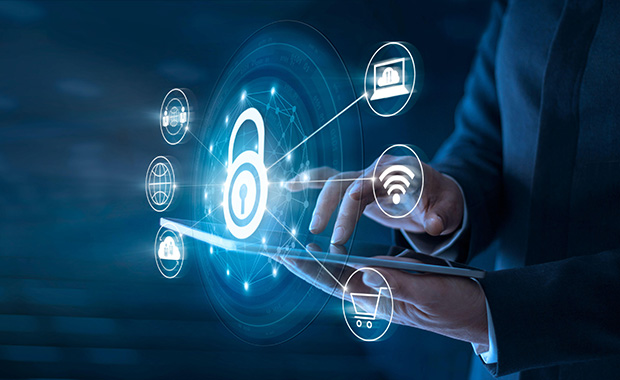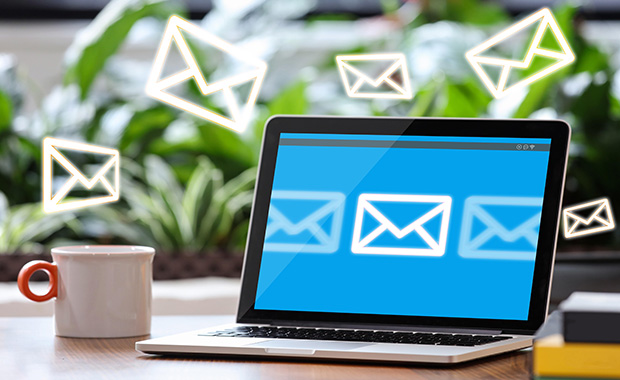What is a VPN, what does it do, and why might I need one?
Looking for a way to boost your security when using public Wi-Fi? Tired of being tracked when surfing the web? Want a way around geographical restrictions on internet content? There is one tool designed to answer all these problems: a VPN. So, should you consider using one?
more
224 people found this article helpful.
What is typosquatting? Types and examples
Fraudulent websites are a common example of a cybersecurity risk. Cybercriminals mimic the sites of trusted businesses to phish for visitors’ personal data or spread malware. One tool in their arsenal is typosquatting, where they buy domain names that are intentional misspellings of popular websites.
more
208 people found this article helpful.
Email spam: Why do I get spam messages & how do I get rid of them?
Spam is one of the things people like least about email. Sometimes it is annoying but harmless – like bulk advertising. Much worse are the spam emails that try to trick you into scams or contain computer viruses. Luckily, today’s spam blockers keep a large share of such messages from reaching your inbox. You can also help keep yourself safe by learning to identify the most common types of spam and using your spam folder effectively.
more
517 people found this article helpful.
How to choose the best password manager for you
Why use a password manager? It can be hard to come up with and remember unique and secure passwords for all the websites we use nowadays. But as soon as we get lazy – using the same password on multiple sites or a weak password like Password123 – we leave our data vulnerable to hackers and other cyber criminals. One solution is to use a password manager.
more
271 people found this article helpful.
Eight easy ways to keep your phone & data safe when you travel
It seems impossible to imagine traveling without our phones these days. A smartphone lets us capture precious memories, keep in touch with our loved ones, and navigate strange cities. So picture what would happen if your phone was lost, damaged, or stolen in the middle of your trip.
more
512 people found this article helpful.
Is this URL safe? How to check if a link you received is dangerous
“Check out this funny video!” “Click here for savings!” It seems like almost every email we receive these days is just begging us to click on one or several links. But unsafe links can install malware on your device or lead you to fraudulent websites. So how do you know when a URL is safe to click?
more
330 people found this article helpful.
Fake job offer emails: How to avoid job scams
Taking advantage of people’s desire for remote positions and more flexibility, fake job offer scams are on the rise. Given the current rise in layoffs, more job seekers may be vulnerable to such scams. But fake job offers don’t just lead to disappointment – they are usually ploys to steal the unsuspecting target’s money or even involve them in criminal behavior.
more
105 people found this article helpful.
Blocked by Spamhaus: Bounced emails and blocked IP addresses
Your email bounces back with a permanent error: “A message that you sent could not be delivered to one or more of its recipients.” When you look at the bounce message closely, you see it’s been blocked by “Spamhaus.” What’s that all about?
more
288 people found this article helpful.
Account registration: What can happen if I enter false information?
When you signed up for your mail.com account, you might have asked yourself why we asked for your postal address. Are they going to send me advertising by snail mail? Give my address to third parties? Of course not! There’s a simple explanation, and it has to do with security
more
174 people found this article helpful.
What is SMTP? And how does SMTP authentication help fight spam?
Whenever you send an email, the process would not be possible without the SMTP protocol. It’s used by mail servers to relay outgoing email messages from the senders and to the recipients. Unfortunately, spammers started abusing a loophole in the protocol – until SMTP authentication put a stop to this trick.
more
261 people found this article helpful.










